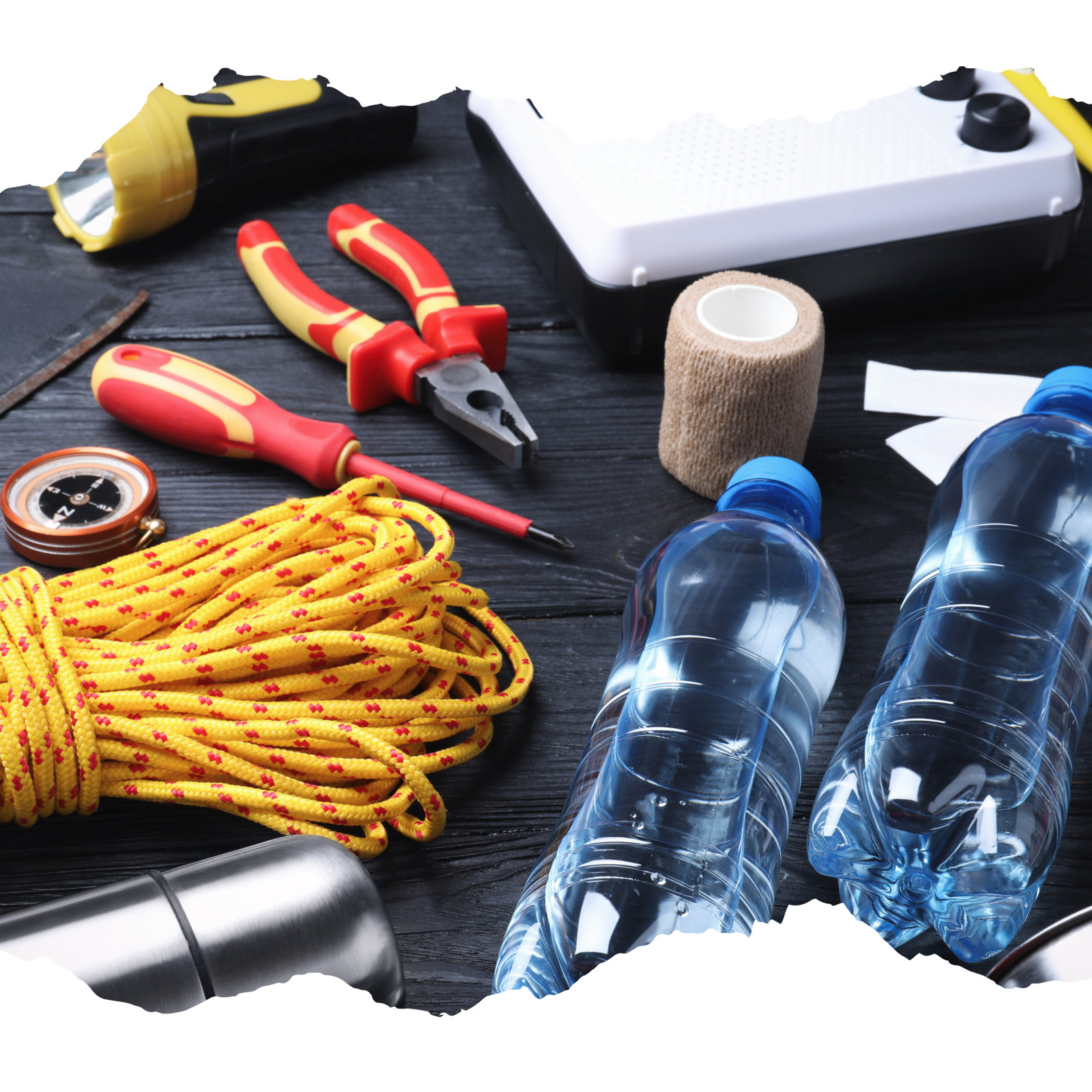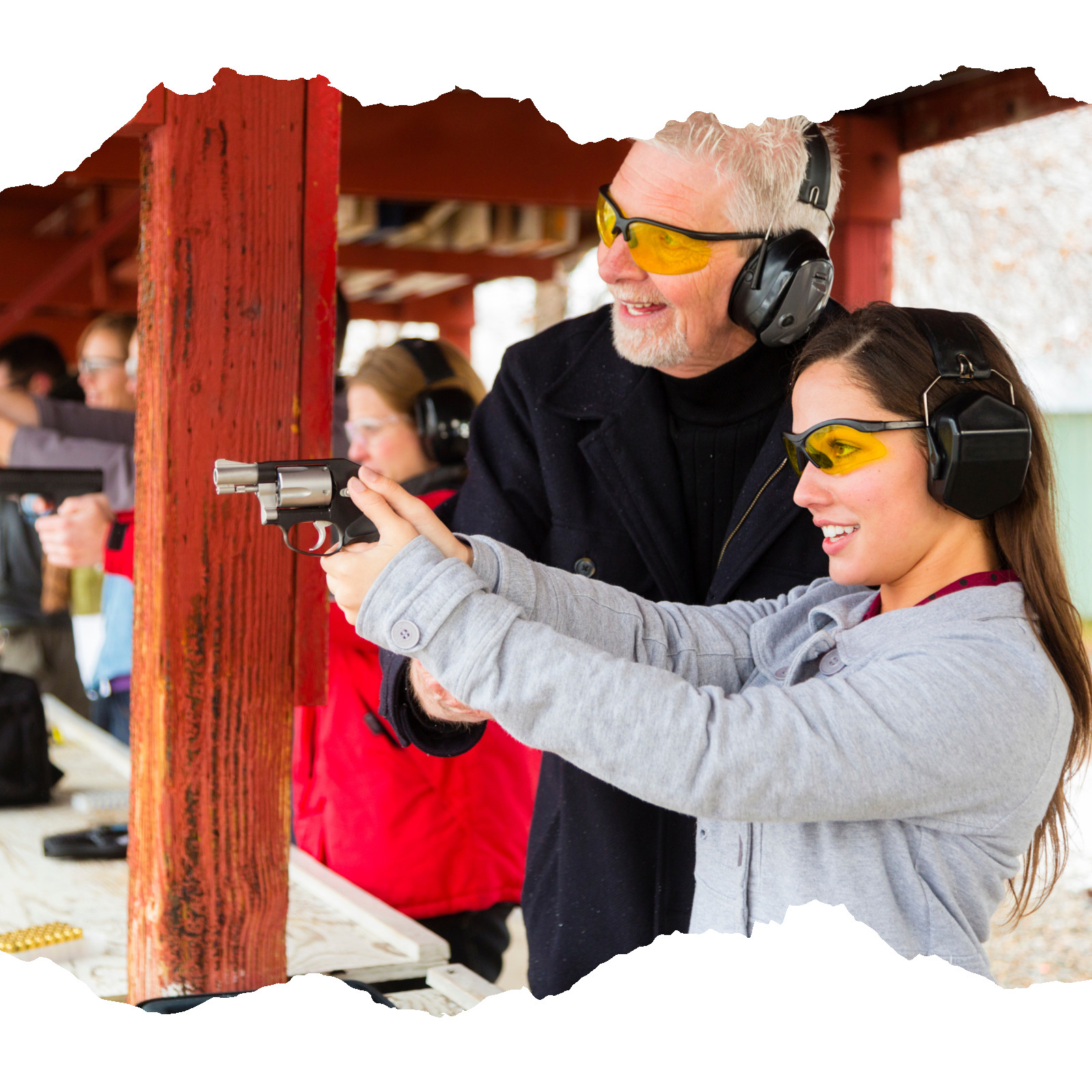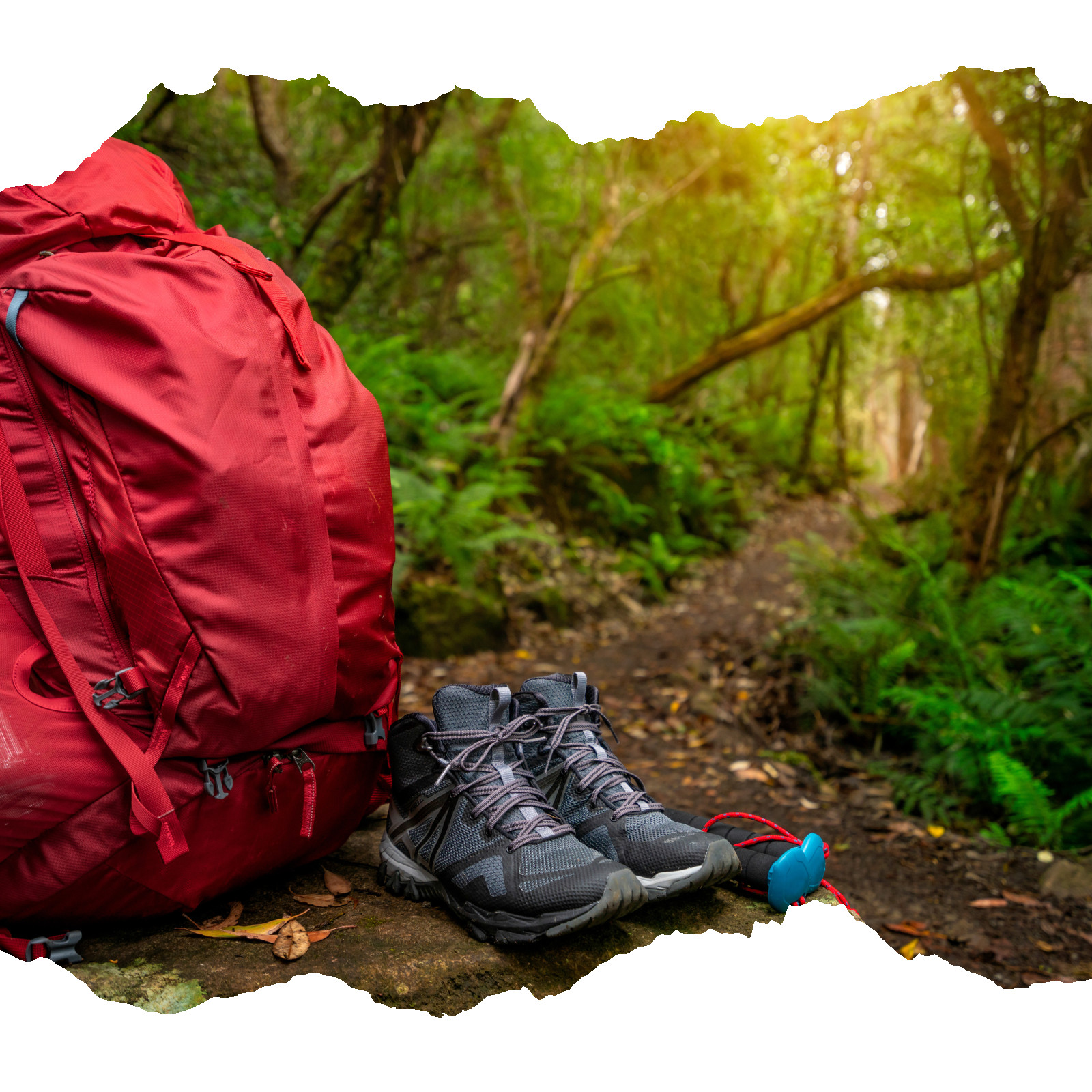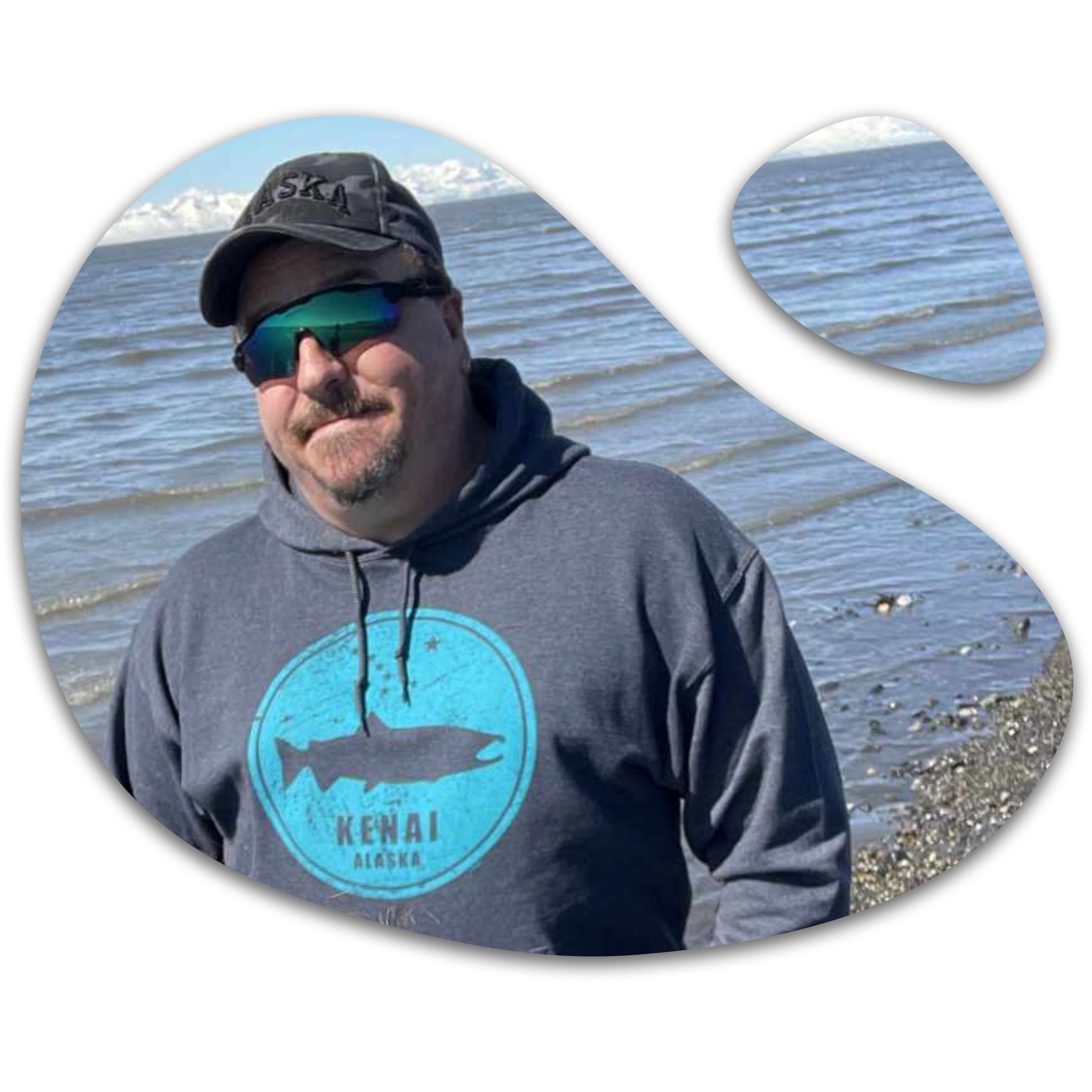
Are You Really Ready? Emergency Preparedness for Apartment Dwellers
When disaster strikes, how ready are you to leave your apartment at a moment's notice? The reality is, most urban preppers and apartment dwellers overlook the unique challenges associated with emergency preparedness in confined spaces. But here's the hard truth—urban living doesn't exempt you from the necessity of being prepared. It merely requires a smarter approach.
Living in Limited Spaces
Apartment living is often a necessity rather than a choice, whether due to high housing costs in bustling cities or the convenience of smaller communities. I recall our move to Alaska, where a compact two-bedroom apartment was our home, but it came with limitations—only one of our dogs could stay, and space for my prepping gear was scarce. Despite these constraints, readiness remained paramount.
The key is to utilize your space efficiently. Start with the essentials. Bug Out Bags should be ready for you and your family (including your pets—yes, even Otis had his own kit). Stock up on 72 hours' worth of food and water, and keep your long guns and sidearms accessible. A pro tip? Use storage totes for bulkier items like blankets and non-perishables. These can be discreetly stowed under beds or in closets, away from prying eyes.
Overcoming Storage and Financial Constraints
Space isn’t the only challenge—tight budgets are a reality for many apartment dwellers. But emergency preparedness doesn’t have to be financially draining. Building your supplies gradually is key. Pick up an extra bag of rice or canned meats during routine grocery runs. Bottled water is cheap and inconspicuous. Ammo prices are steep, so consider purchasing a box of practice rounds monthly and duty-grade ammo every other month.
Remember, preparedness is a marathon, not a sprint. Start with what you have and build slowly from there. This strategy not only eases the financial burden but also ensures you’re steadily working towards a secure state of readiness.
The Importance of Observance
Being observant of your surroundings is crucial. Take note of your neighbors' routines to minimize drawing attention when bringing in supplies. This isn’t about paranoia; it’s about discretion and maintaining your privacy.
Furthermore, be aware of building layouts and exits. Familiarize yourself with emergency evacuation routes and procedures. In a crisis, knowing the quickest way out can make all the difference.
Building Community Among Preppers
Beyond individual efforts, fostering a community among fellow preppers can be invaluable. Sharing knowledge, resources, and encouragement helps everyone prepare more effectively. Engaging with others can offer fresh perspectives on overcoming space and budget challenges.
Conclusion
Living in an apartment doesn’t have to mean sacrificing your preparedness. With thoughtful organization, gradual accumulation of supplies, and a keen sense of awareness, you can be just as ready as someone with a basement full of gear.
Are you an apartment prepper with tips to share? Join the conversation and drop your insights in the comments below. Let's learn from each other and bolster our readiness together.

Are You Prepared to Drink Dirty Water? The Truth About Wilderness Survival
Survivalists and preppers know the drill—prepare for the worst and hope for the best. But when you're out in the wilderness, one thing is certain, water is not something you can compromise on. It's time to get serious about purifying water because, frankly, not all that glitters is gold—or drinkable.
The Unforgiving Rule of Threes
Here's a stark reminder of nature's unyielding laws:
- Three minutes without air and you're done.
- Three days without water, and you might as well be cactus fodder.
- Three weeks with no food, and you'll find yourself in a most unfortunate situation.
Water is the linchpin of survival, the most crucial resource for life. But before you go guzzling from that sparkling mountain stream, remember this—a clear stream does not guarantee safe drinking. Enter the sneaky and dreadful culprit, biological hazards, ready to turn your survival dream into a nightmare.
The Hidden Dangers
Even the clearest water sources can harbor pathogens like Giardia (hello, Beaver Fever!). Anyone who's been there will tell you, it's a trip to the digestive underworld you don't want.
Boiling—The Tried and True Method
Boiling water for at least 10 minutes is a surefire way to kill bacteria and parasites. But remember, boiling doesn't filter out particulates or improve clarity. After all, who wants to drink what looks like swamp stew?
Build Your Own Filter
If you're channeling your inner MacGyver, construct a simple filter using layers:
- Bottom Layer: Charcoal and sand
- Next Layer: Pebbles
- Top Layer: Grass and leaves
This DIY method clears out larger debris. Follow it with boiling, and you're on your way to safer hydration.
Nature’s Purification Tools
Winter's no excuse for dehydration. Melt clean snow in a bush pot with added water to prevent scorching, or use the fire-pendulum method—tie snow in a sleeve, hang it above your fire, and gather the drips.
Rain or dew collection from your shelter can be even cleaner than river water, sparing you the risk of pathogens.
Arm Yourself with Modern Solutions
Regardless of your prowess in survival skills, carrying purification tablets or iodine is non-negotiable. Even with a commercial water filter in tow, these tablets might be your last line of defense.
Join the Ranks of the Prepared
Don’t leave your survival to chance. Join our community of like-minded, intrepid adventurers and gain access to more expert tips and insights. Equip yourself with the knowledge and tools to face whatever Mother Nature throws your way—because when it comes down to it, survival is not just a skill. It's an art.
Act now, and be ready for anything. Join us today!
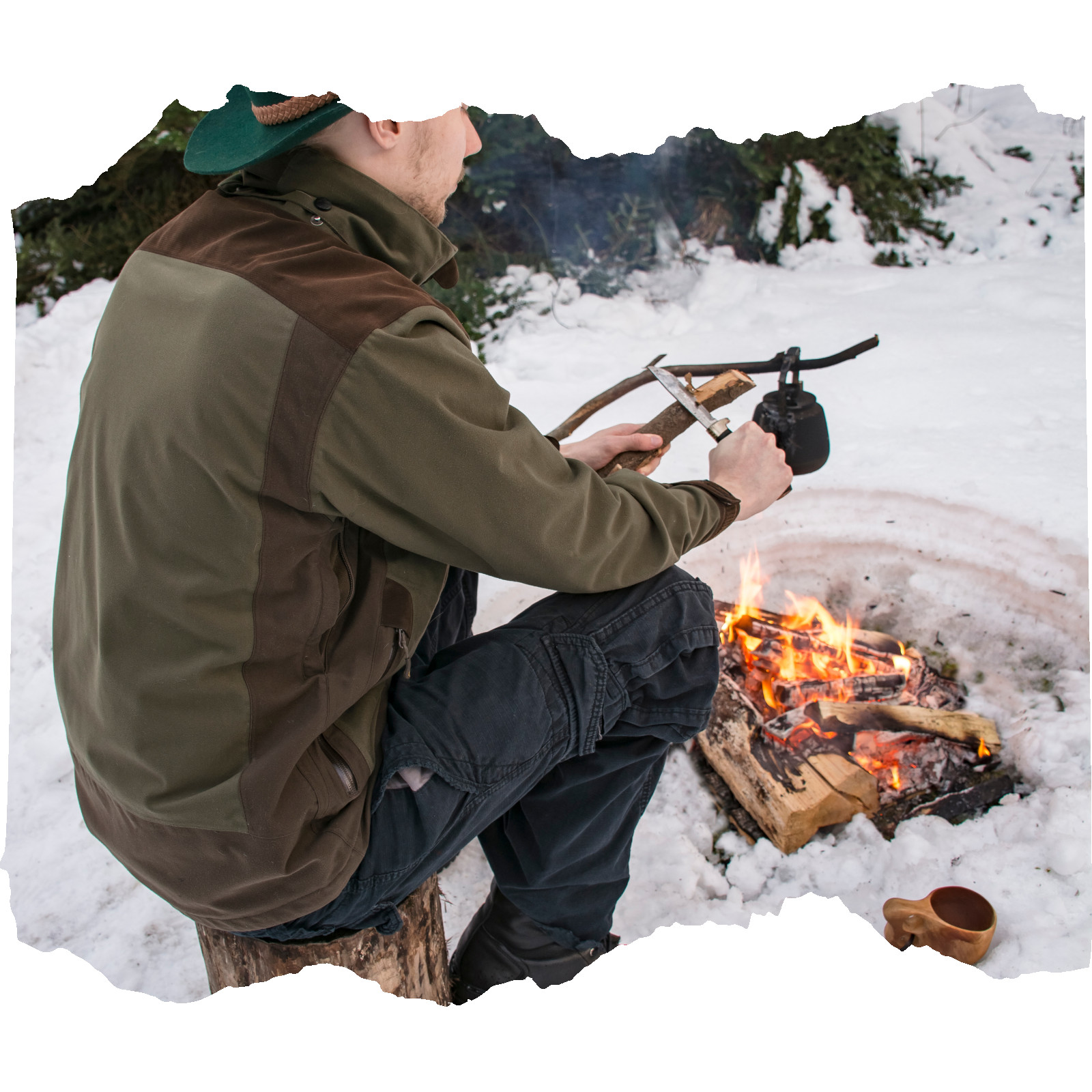
The Most Crucial Tool You Didn't Know You Needed
Imagine you find yourself lost in the woods. The sun is setting, and panic starts to nibble at the edges of your mind. How do you ensure that this fear doesn’t spiral into a full-blown crisis?
The answer doesn’t lie in your gear, but rather in your mindset. Of all the many facets of preparedness and survival, the psychological aspect is probably the single most important. No matter what you are working on or with, the mental aspect plays a huge role.
Managing Panic Through Mindful Actions
When you realize you're lost, the initial surge of fear is natural. Yet, it’s essential to harness that energy constructively. Stop moving, sit down, breathe and try to relax a bit. Once you are at least centered, you can take better stock of your physical and mental situation. Gather materials and build a small fire. Not only will this occupy your mind and keep you from becoming even more lost, the act of taking control of even the smallest aspect of our situation keeps us functioning at higher than a base level. This is like evolution/survival psych 101.
By focusing on actionable tasks, such as gathering materials for a fire, you prevent your mind from spiraling into negative “what-ifs.” You transform a vulnerable situation into one where you exert control, reinforcing your ability to manage the situation.
Training Your Mind for Survival
In the military and law enforcement worlds, you are taught to “train the way you fight, fight the way you train.” In simplistic terms, by training your mind and body to do the same thing time and time again in coordination, you are essentially creating a (slightly misnamed) “muscle memory,” i.e., your training takes over and you do things without going into a paralysis by analysis mode.
This principle applies to survival scenarios. Consistent practice of survival skills under controlled conditions can prepare your mind to respond effectively under stress, minimizing the debilitating effects of panic.
Balancing Motivation with Realism
A positive mindset is crucial in survival situations, but it must be balanced with realism. Angie really likes the phrase “manifest that shit!” It’s a great philosophy, imagine it to be and so it shall be. A word of warning to this point though. While it is extremely important to not let the negative thoughts take control, and to have a sense of purpose, do NOT become so fixated on whatever positive motivator that it now becomes your downfall.
Inspiration is key, but avoid becoming so obsessed with a particular outcome or motivator that it blinds you to reality. In the show "Alone," contestants often start strong, motivated by photos of loved ones. Yet, this attachment can transform from a source of strength into a psychological burden, leading to premature withdrawal from the game. In real-life survival scenarios, returning to comfort isn't an option, making psychological balance even more critical.
Conclusion
Psychological preparedness is not just a tool for survival; it's the foundation upon which all other skills build. By training your mind, managing stress constructively, and maintaining a balanced mindset, you increase your chances of thriving in challenging environments.
Practice and improve your survival skills regularly. The more you prepare, the more resilient you become, both mentally and physically. Remember, your greatest survival tool is right between your ears. It's time to hone it.
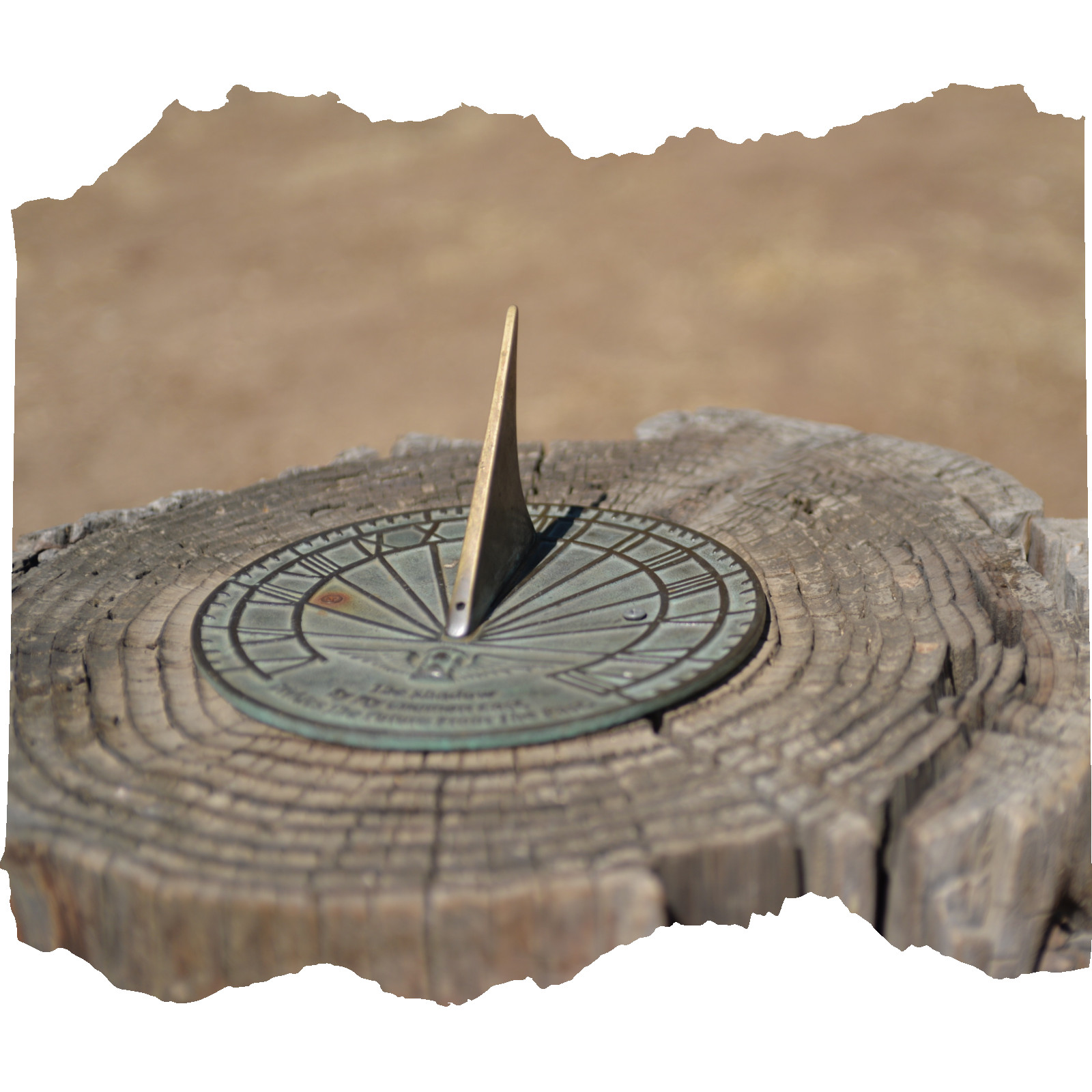
Have you ever found yourself in the great outdoors, surrounded by nature's beauty, only to realize you've forgotten your compass? For many, this scenario might induce panic, but for the seasoned adventurer, it presents an opportunity to hone the art of natural navigation.
Rediscovering Cardinal Directions
It's astonishing how many people struggle to identify cardinal directions when they leave their familiar surroundings. Yet, understanding these basic directions—North, East, South, and West—is the foundation of good navigation. Growing up near the Sangre De Cristo Mountains, I learned that if the mountains are on your left, you're facing north. Such simple observations can be lifesavers when technology fails.
Sun as a Reliable Guide
In the northern hemisphere, the sun offers a dependable guide as it rises in the east and sets in the west. At noon, it's typically at its highest point in the sky, providing a clear indication of direction. While this method works wonders in the contiguous United States, adjustments are necessary in regions like Alaska, where the sun's path is less predictable.
Stay Aware of Your Surroundings
Awareness of your surroundings is crucial. Even in dense forests, landmarks like peaks or unique rock formations can guide you. Always take mental snapshots of your route, as these visual cues will be invaluable when retracing your steps.
Analog Watches as Navigation Tools
In today's digital world, analog watches may seem outdated, but they can be valuable navigation tools. By aligning your watch's hands with the sun and using a landmark as a reference, you can create a makeshift compass to guide your path.
Utilizing Natural and Manmade Aids
Before heading out, familiarize yourself with the terrain using a topographic map. Natural features like rivers or manmade structures such as fences and railroads can serve as reliable guides. These aids can help you maintain your course and reach your destination safely.
Conclusion
Navigating without a compass comes down to awareness, resourcefulness, and a willingness to trust in nature's signals. By mastering these skills, outdoor enthusiasts can turn potential setbacks into opportunities for adventure.
Ready to elevate your outdoor skills? Join our community for more survival insights and connect with fellow adventurers who share your passion for the wild. Together, let's explore new horizons and conquer the unknown.
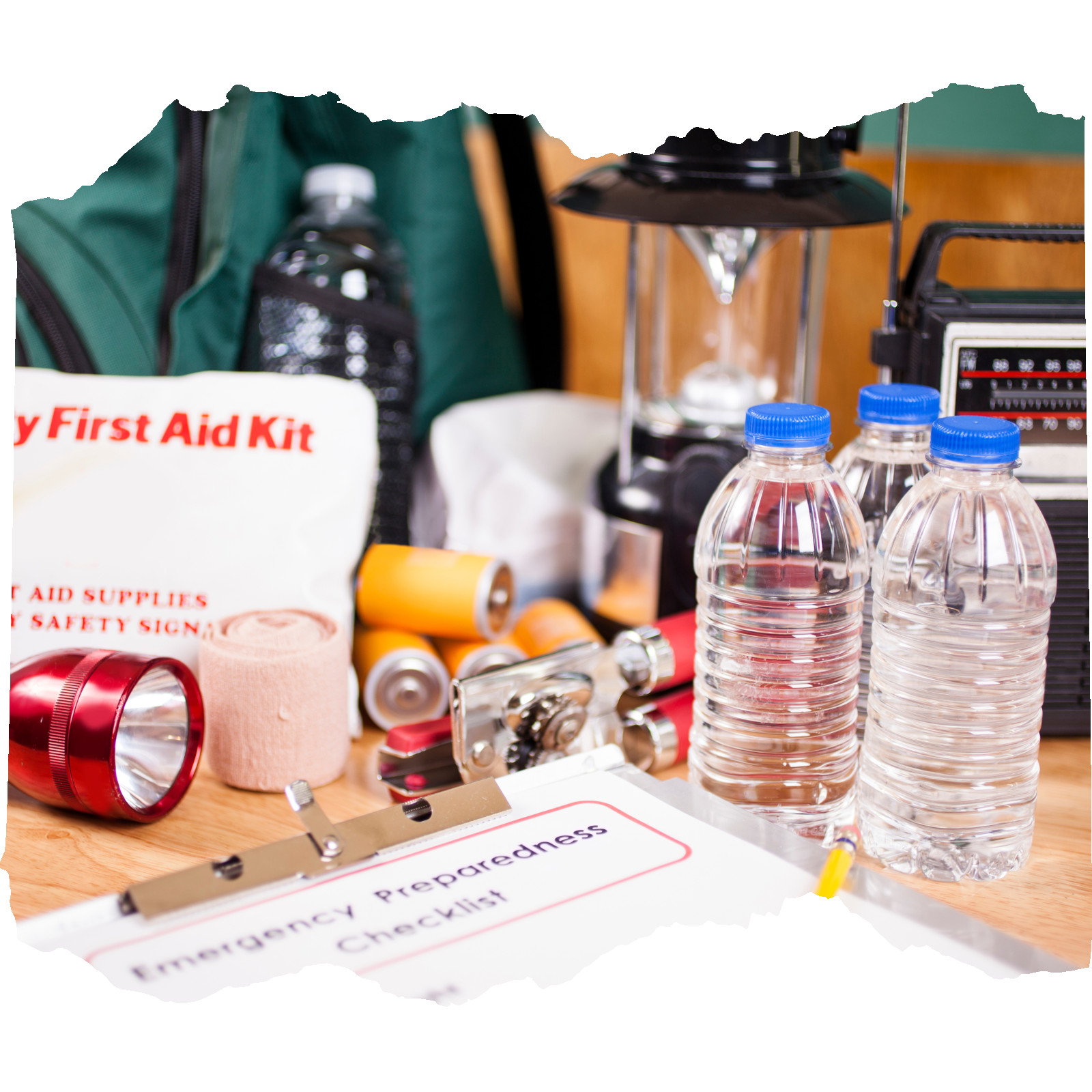
Imagine waking up to the sound of blaring sirens, the kind that send shivers down your spine because they mean something big is happening. Are you ready? Is your family prepared to face whatever emergency might be heading your way? This is not just a hypothetical scenario—it's a reality millions confront when natural or man-made disasters strike. The question is, how can you ensure you're not caught off guard?
The Importance of Planning
The mantra "Be prepared" isn't just a relic from the Boy Scouts. It's a pivotal life lesson that my father instilled in me long before I donned a Scout uniform. In today's unpredictable world, this lesson is more critical than ever. Emergencies do not discriminate; they can impact anyone at any time. The challenge lies in overcoming the complacency that leads many to think, "It won't happen to me."
Understanding the Landscape of Emergencies
From coastal hurricanes and inland floods to urban riots and possible military threats, the nature and type of emergencies vary widely. For instance, those living in flood-prone areas should prioritize waterproof storage and evacuation routes, while families near military installations might focus on potential attacks.
Current Industry Challenges
One of the significant hurdles we face today is the "ostrich effect"—a tendency to ignore looming threats in favor of more immediate concerns. Coupled with inconsistent information on emergency preparedness, many find themselves ill-equipped when disaster strikes. But preparedness doesn’t equate to panic; it’s about having a plan that balances foresight with practicality.
Insights for Better Preparation
- Take Stock of Essentials:
Begin with a beginner prepper mindset. Understand what you have at home, in your shop, and on your property. Every human, regardless of age or ability, has basic needs—shelter, water, food, and protection. Therefore, start building a stockpile gradually. Don't stress about doing it all at once; instead, add a few extra items each grocery trip.
- Know Your Household:
Consider everyone in your household, including pets. Age, medical needs, and physical abilities play a huge role in planning. You may need medications or special food for some family members, and pets will need equivalent provisions.
- Estimate Duration:
How long should you prepare for? A good rule of thumb is three days, but having supplies for a week or more is even better. Think about water (about one gallon per person per day), food, and energy sources like candles, batteries, and solar chargers.
- Communication & Coordination:
In an emergency, family members might be scattered—at work, school, or elsewhere. Establish a rally point and practice reaching it. Practice your plan regularly so actions become second nature. With cellphone networks potentially down, consider alternatives like walkie-talkies.
- Defense & Food Gathering:
Depending on the emergency's nature, self-defense or food harvesting might be necessary. While supporting the 2nd Amendment, it's crucial to emphasize comfort and readiness with whatever tools you choose for protection.
Moving from Panic to Preparedness
Creating a family emergency plan not only ensures peace of mind but also transforms a potentially chaotic situation into a manageable one. It's time to pivot from the mindset of "it won't happen to me" to "I am ready."
Share your emergency plan with us and inspire others in the community. Let's create a culture of preparedness where families are equipped, resilient, and ready to face any challenge head-on.



